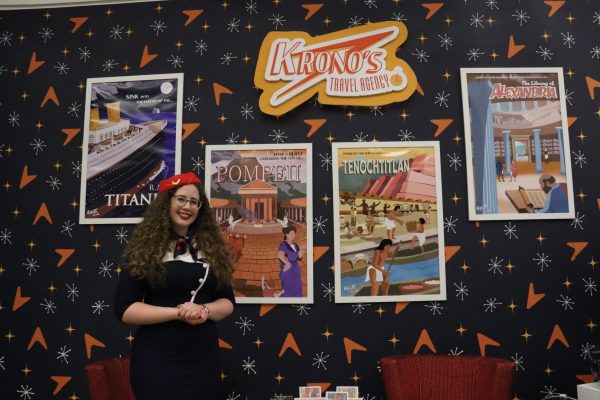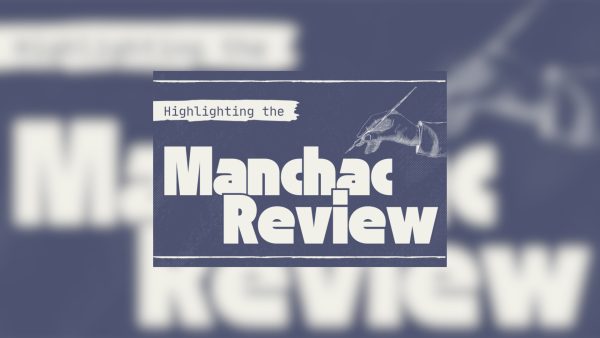Finding the differences with streaming and cable
Maiah Woodring/The Lion’s Roar
Leigh Moore, a sophomore biological sciences major, likes to view the Netflix app on her laptop or Amazon Fire TV Stick daily. Even with the influx of streaming and on-demand options in television, Tim Ingram, vice president and general manager of WVUE FOX 8, believes that online streaming will not be the end of television.
With over 25 million subscribers, Hulu recently surpassed Comcast, the largest cable company in the United States, in January 2019, according to an article by Andy Meek, a writer for the Boy Genius Report.
In addition, Netflix maintained its dominance in the online streaming market by expanding to a record of over 137 million subscribers. With Americans opting for online streaming services, traditional cable providers may grapple with how to fight a rising tide.
Tim Ingram, vice president and general manager of WVUE FOX 8, believes that the model of cable TV will have to change if cable providers want to stay relevant.
“The years going forward, you will see a shrinkage of people with cable households only because the cable model for so many years has been bundle many, many channels together,” explained Ingram. “But, if you look at research, people only watch about 16 to 20 channels on a regular basis. So, all the other stuff just becomes extra that nobody really wants to pay for, but it’s bundled together in their service. So, in that vein, I think they’ve got to change that model and get the pricing back competitively. Otherwise you’ll see people that will kick that delivery device to the curb only to use the broadband.”
According to Ingram, this trend will not affect local television stations. For example, WVUE uses multiple methods like over-the-air and online streaming to get content to the public.
“A cable system is just simply a delivery system,” stated Ingram. “For the most part, they’re a utility. They’re just like you having the energy company deliver your electricity or your gas lines. The water company delivers your water. The cable company is delivering your media access.”
For Ingram, Netflix will not affect local television because the content of the latter is targeted for a specific community.
“You have a lot of folks out there saying that Netflix is going to kill television, but the thing that makes local television stations relevant is the fact that we’re in your community,” said Ingram. “We go out and commit journalism every day.”
Leigh Moore, a sophomore biological sciences major, feels that online streaming providers like Netflix and Hulu offer more than cable.
“It’s just easier, and plus, if you do it right, you can get no commercials,” said Moore. “So, you can just watch a full show without having to hear about stupid stuff you don’t care about.”
Moore views content with her Amazon Fire TV Stick or her computer, and she has the Netflix app downloaded on her smartphone.
“You also get more choices,” shared Moore. “You can just pick what shows you want to watch and not be like, ‘Is there anything on that I will tolerate?’”
Ingram credited the popularity of online streaming to how it can fit the user’s time frame.
“The biggest pro when you look at that is not really live streaming but on demand,” stated Ingram. “It’s the ability to give the content to the end user on their time frame.”
Your donation will support The Lion's Roar student journalists at Southeastern Louisiana University.
In addition, your contribution will allow us to cover our annual website hosting costs.
No gift is too small.





